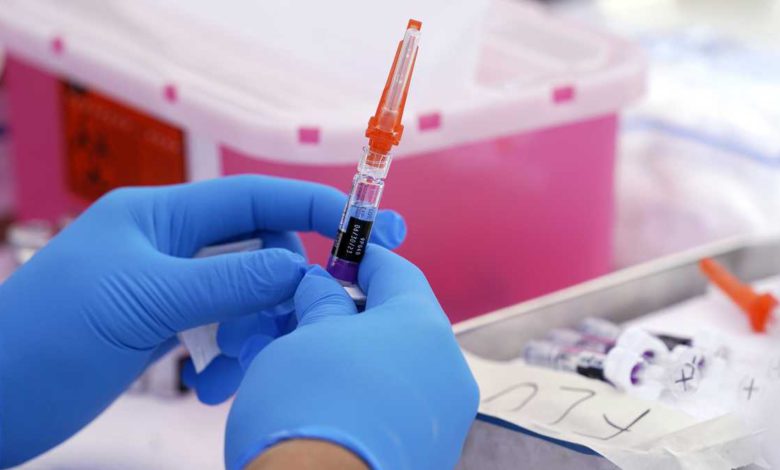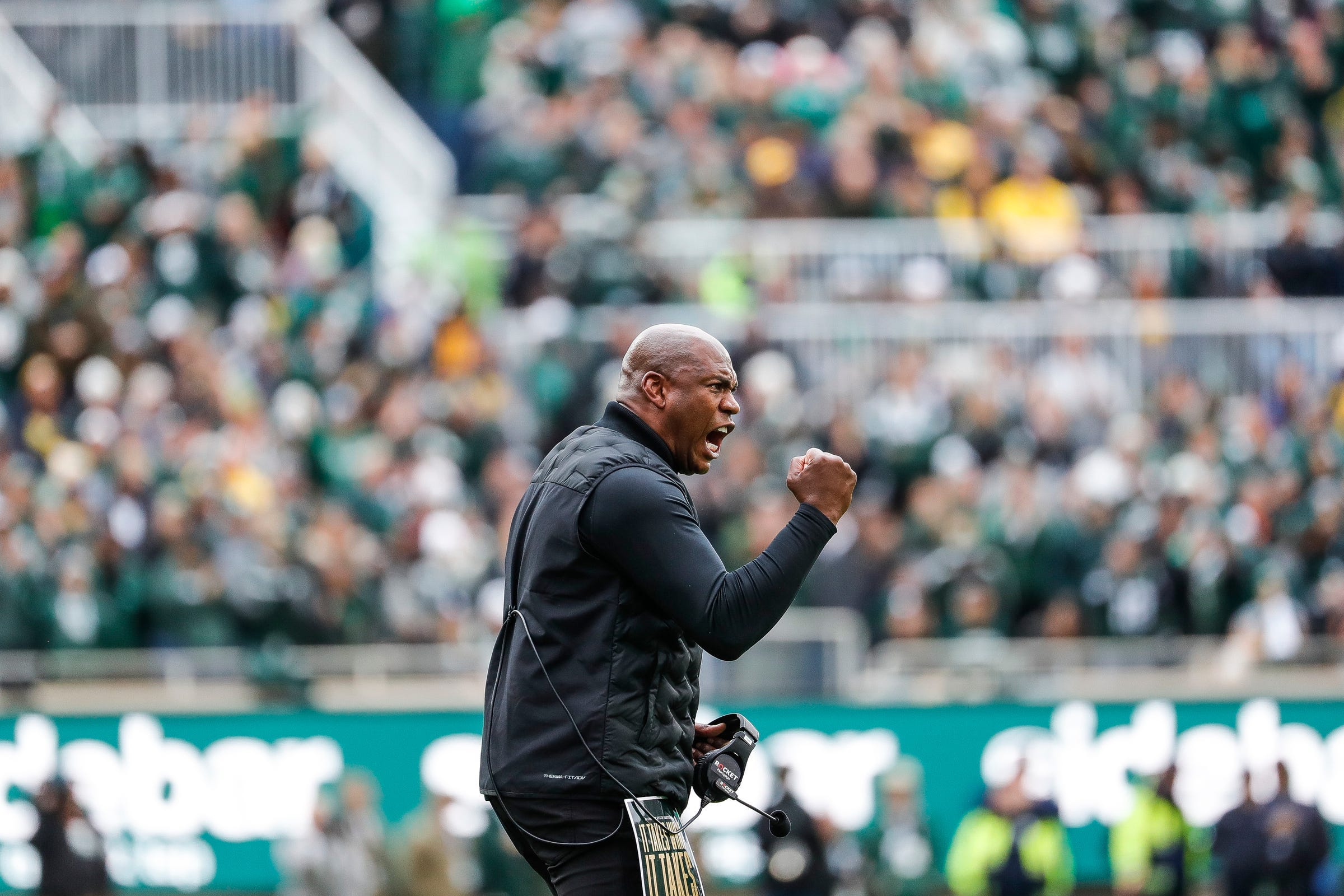

PROBLEM. -- AS POSSIBLE. DR. TODD ELLERMAN BREAKS DOWN THESE TIPS. THE FLU SEASON WARNINGS ARE GROWING. THE VIRUS ARRIVED EARLY AND HAS BEEN MORE SEVERE IN THE SOUTHERN HEMISPHERE, AN INDICATOR OF WHAT WE COULD FACE HERE, BUT DR. TODD ELLER AND SAYS THERE ARE 5 -- FIVE THINGS YOU NEED TO KNOW. NUMBER ONE, TEST TWICE. >> SINGLE TESTING DOES NOT EXCLUDE INFLUENZA. JESSICA: DR. ELLERMAN SAYS TWO RAPID TESTS ARE NEEDED IF YOU WANT TO BE CONFIDENT YOU DON’T HAVE THE VIRUS. NUMBER TWO, THE FLU VACCINE PROTECTS AGAINST SEVERE ILLNESS. >> EVEN IF YOU GET ILLNESS -- INFLUENZA AFTER BEING VACCINATED, THE SAME IS TRUE WITH COVID. JESSICA: MASKS WORK AGAINST OF THE FLU. >> DOES IT MEAN WE SHOULD MASK ALL THE TIME? NO. BUT YOU WANT TO ASSESS YOUR INDIVIDUAL RISK. JESSICA: THE RISK FACTORS ARE THE SAME AS COVID. >> IF YOU HAVE BEEN RECOMMENDED TO GET ONE OF THE VACCINES, MAKE SURE YOU GET THE OTHER, ESPECIALLY IF YOU ARE AT HIGHER RISK, WHETHER IT IS CARDIOVASCULAR OR PULMONARY DISEASE. MAKE SURE YOU GET BOTH. WE EXPECT MORE INFLUENZA THIS SEASON. THERE WILL BE PEOPLE GETTING BOTH AT THE SAME TIME. JESSICA: FINALLY, IF YOU ARE HIGH-RISK, GET TAMIFLU. >> THERE IS AN ANTIVIRAL THAT WILL HELP YOU LESSEN THE SYMPTOMS AND MAY KEEP YOU OUT OF THE SYMPTOMS. JESSICA: WE LEARNED A LOT DURING THE PANDEMIC THAT CAN PREPARE US FOR A ROUGHER FLU SEASON. >> NO ONE SAYS WE HAVE TO MASK ALL THE TIME IN ALL SITUATIONS, BUT THERE ARE EASY STEPS WE CAN TAKE TO MITIGATE AGAINST SEVERE ILLNESS. JESSICA: THE LATEST WEEKLY FLU TRACKER REPORTED EARLY INCREASES IN FLU ACTIVITY IN THE U.S. WITH THE HIGHEST CASES IN THE SOUTHEAST AND SOUTH CENTRAL STATES. MASSACHUSETTS IS SEEING MINIMAL LEVELS OF FLU, AND WIT
The U.S. flu season is off to an unusually fast start, adding to an autumn mix of viruses that have been filling hospitals and doctor waiting rooms.Reports of flu are already high in 17 states, and the hospitalization rate hasn’t been this high this early since the 2009 swine flu pandemic, according to the Centers for Disease Control and Prevention. So far, there have been an estimated 730 flu deaths, including at least two children.The winter flu season usually ramps up in December or January.“We are seeing more cases than we would expect at this time,” the CDC's Dr. José Romero said Friday.A busy flu season is not unexpected. The nation saw two mild seasons during the COVID-19 pandemic, and experts have worried that flu might come back strong as a COVID-weary public has moved away from masks and other measures that tamp the spread of respiratory viruses.Community Montessori school in New Albany, Indiana, switched to virtual teaching at the end of the week because so many students were out sick with the flu. Beginning Monday, the school's 500 students will go back to wearing masks.“Everybody just wants kids on campus, that is for sure,” said the school's director, Burke Fondren. “We will do what we need to do."There may be some good news: COVID-19 cases have been trending downwards and leveled off in the last three weeks, Romero said.And in a few parts of the country, health officials think they may be seeing early signs that a wave of another respiratory virus may be starting to wane. RSV, or respiratory syncytial virus, is a common cause in kids of coldlike symptoms such as runny nose, cough and fever. While RSV continues to rise nationally, preliminary data suggest a decline in the Southeast, Southwest, and in an area that includes Rocky Mountain states and the Dakotas, CDC officials said.Experts think infections from RSV increased recently because children are more vulnerable now, no longer sheltered from common bugs as they were during pandemic lockdowns. Also, the virus, which usually affects children at ages 1 and 2, is now sickening more kids up to age 5.At the University of Chicago Medicine Comer Children’s Hospital, beds have been full for 54 days straight.“The curves are all going up for RSV and influenza,” said Dr. John Cunningham, Comer's physician-in-chief.RSV illnesses seem to be unusually severe, he added.Comer has had to turn down transfer requests from other hospitals because there was no room. Chicago-area hospitals had been able to transfer kids to Missouri, Iowa, and Wisconsin, but that's stopped. “They have no more beds, either,” Cunningham said.There’s not yet a vaccine against RSV, but there are shots for flu and COVID-19. Health officials say flu vaccinations are down in both kids and adults compared to before the pandemic, although up in children from last year.So far this season, there have been an estimated 1.6 million flu illnesses and 13,000 hospitalizations. Flu activity is most intense in some of the areas where RSV is fading, including the Southeast, according to CDC data.___Babwin reported from Chicago. Tom Davies in Indianapolis contributed to this report.
The U.S. flu season is off to an unusually fast start, adding to an autumn mix of viruses that have been filling hospitals and doctor waiting rooms.
Reports of flu are already high in 17 states, and the hospitalization rate hasn’t been this high this early since the 2009 swine flu pandemic, according to the Centers for Disease Control and Prevention. So far, there have been an estimated 730 flu deaths, including at least two children.
The winter flu season usually ramps up in December or January.
“We are seeing more cases than we would expect at this time,” the CDC's Dr. José Romero said Friday.
A busy flu season is not unexpected. The nation saw two mild seasons during the COVID-19 pandemic, and experts have worried that flu might come back strong as a COVID-weary public has moved away from masks and other measures that tamp the spread of respiratory viruses.
Community Montessori school in New Albany, Indiana, switched to virtual teaching at the end of the week because so many students were out sick with the flu. Beginning Monday, the school's 500 students will go back to wearing masks.
“Everybody just wants kids on campus, that is for sure,” said the school's director, Burke Fondren. “We will do what we need to do."
There may be some good news: COVID-19 cases have been trending downwards and leveled off in the last three weeks, Romero said.
And in a few parts of the country, health officials think they may be seeing early signs that a wave of another respiratory virus may be starting to wane. RSV, or respiratory syncytial virus, is a common cause in kids of coldlike symptoms such as runny nose, cough and fever. While RSV continues to rise nationally, preliminary data suggest a decline in the Southeast, Southwest, and in an area that includes Rocky Mountain states and the Dakotas, CDC officials said.
Experts think infections from RSV increased recently because children are more vulnerable now, no longer sheltered from common bugs as they were during pandemic lockdowns. Also, the virus, which usually affects children at ages 1 and 2, is now sickening more kids up to age 5.
At the University of Chicago Medicine Comer Children’s Hospital, beds have been full for 54 days straight.
“The curves are all going up for RSV and influenza,” said Dr. John Cunningham, Comer's physician-in-chief.
RSV illnesses seem to be unusually severe, he added.
Comer has had to turn down transfer requests from other hospitals because there was no room. Chicago-area hospitals had been able to transfer kids to Missouri, Iowa, and Wisconsin, but that's stopped. “They have no more beds, either,” Cunningham said.
There’s not yet a vaccine against RSV, but there are shots for flu and COVID-19. Health officials say flu vaccinations are down in both kids and adults compared to before the pandemic, although up in children from last year.
So far this season, there have been an estimated 1.6 million flu illnesses and 13,000 hospitalizations. Flu activity is most intense in some of the areas where RSV is fading, including the Southeast, according to CDC data.
___
Babwin reported from Chicago. Tom Davies in Indianapolis contributed to this report.
Source link







